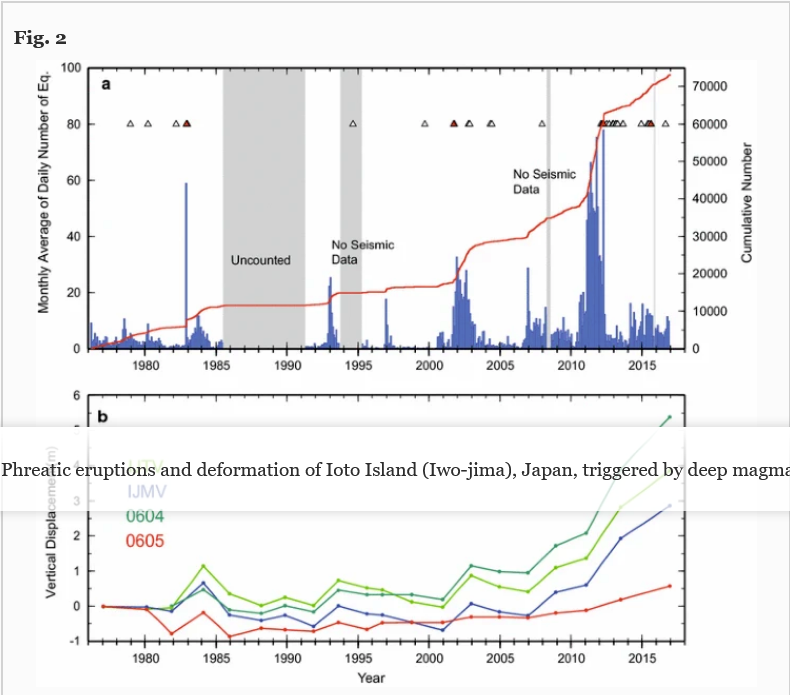From Wiki:
“Iwo Jima (/ˌiːwoʊ ˈdʒiːmə/, also US: /ˌiːwə ˈ-/), known in Japan as Iō Tō (硫黄島, Iō-tō, lit. ‘sulfur island’), is one of the Japanese Volcano Islands and lies south of the Bonin Islands. Together with other islands, they form the Ogasawara Archipelago. The highest point of Iwo Jima is Mount Suribachi at 169 m (554 ft) high.
Although 1,200 km (750 mi; 650 nmi) south of the metropolis of Tokyo on the mainland, this island of 21 km2 (8 square miles) is administered as part of the Ogasawara Subprefecture of Tokyo. Since July 1944, when all the civilians were forcibly evacuated, the island has had a military-only population.
The island was the location of the Battle of Iwo Jima between February 1945 and March 1945. This engagement saw some of the fiercest fighting of the Pacific War, with each side suffering over 20,000 casualties in the battle. The island became globally recognized when Joe Rosenthal, of the Associated Press, published his photograph Raising the Flag on Iwo Jima, taken on Mount Suribachi. The US military occupied Iwo Jima until 1968, when it was returned to Japan. “
This island is one of the most important islands invaded during world war 2. It is the one where a very famous photo was taken of several soldiers raising the US flagpole.
It is currently undergoing some new offshore eruptions. I was surprised to learn that this island is also currently being uplifted by nearly half a meter per year. In 1776, Captain Cooks crew arrived onshore and their beaching location is now around 40 meters above sea level.
